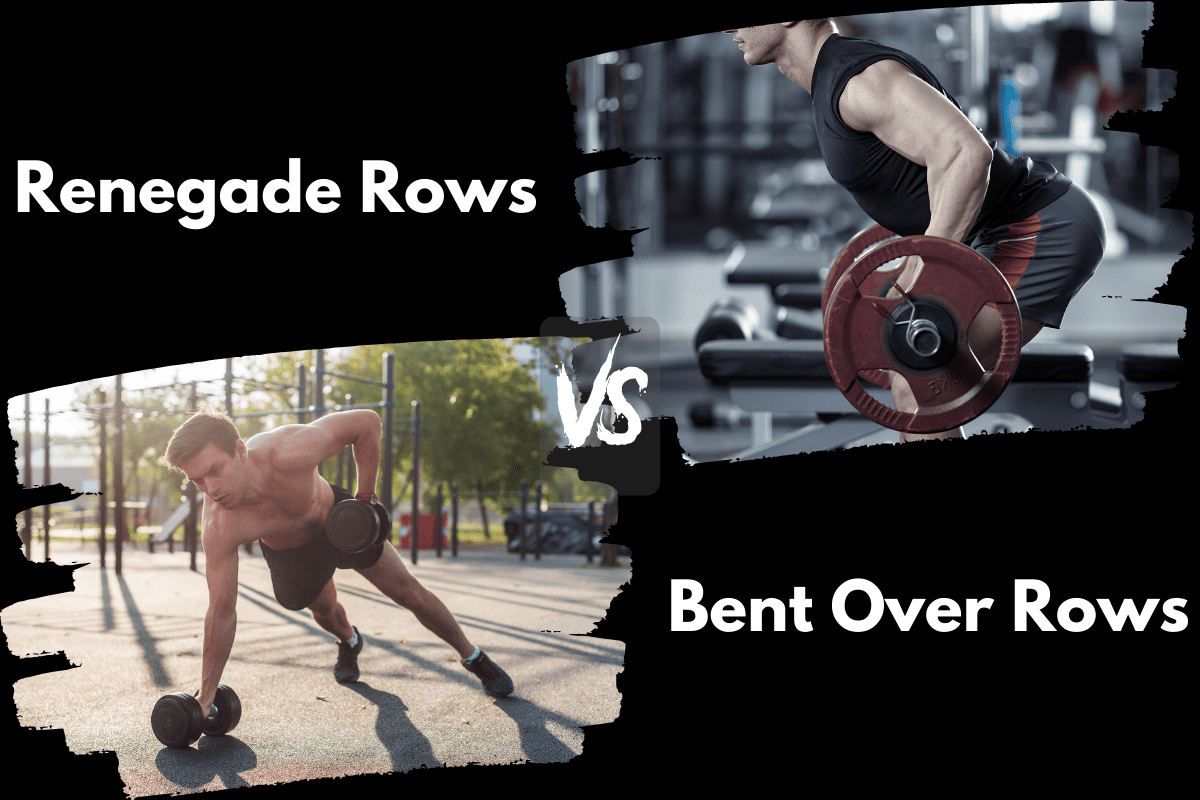Key Takeaways
– The bent over row is a fundamental exercise for building a strong and muscular back.
– Proper form is crucial to maximize benefits and prevent injuries.
– Variations of the bent over row can target different muscles and add variety to your workout.
– Integrating bent over rows into your routine can improve posture and enhance overall strength.
The bent over row is a staple in strength training routines, renowned for its effectiveness in developing a robust back and enhancing overall upper body strength. This powerful exercise targets multiple muscle groups, including the lats, rhomboids, and traps, making it an essential component of any well-rounded fitness regimen. In this article, we will delve into the intricacies of the bent over row, discuss its benefits, provide step-by-step guidance on proper form, and explore various variations to keep your workouts dynamic and engaging.
Benefits of the Bent Over Row
The bent over row is lauded for its ability to engage several major muscle groups simultaneously. Here are some key benefits:
1. Muscle Development: Primarily targets the latissimus dorsi, rhomboids, and trapezius muscles, contributing to a well-defined and muscular back.
2. Improved Posture: Strengthening the back muscles can help correct poor posture, reducing the risk of back pain and discomfort.
3. Enhanced Upper Body Strength: In addition to the back, bent over rows engage the biceps and forearms, improving grip strength and overall upper body power.
4. Functional Fitness: Mimics everyday movements, such as lifting and pulling, making it a practical addition to functional training programs.
5. Versatility: Can be modified to suit different fitness levels and goals, from beginners to advanced athletes.
How to Perform the Bent Over Row
Executing the bent over row with proper form is crucial to maximizing its benefits and minimizing the risk of injury. Follow these steps for a safe and effective workout:
Step-by-Step Guide
1. Setup: Stand with your feet shoulder-width apart, holding a barbell with an overhand grip. Your hands should be slightly wider than shoulder-width.
2. Position: Bend your knees slightly and hinge at the hips, keeping your back straight and core engaged. Your torso should be almost parallel to the ground.
3. Execution: Pull the barbell towards your lower rib cage, squeezing your shoulder blades together at the top of the movement. Keep your elbows close to your body.
4. Return: Lower the barbell back to the starting position in a controlled manner, maintaining tension in your back muscles throughout the movement.
5. Repetition: Perform 8-12 repetitions for 3-4 sets, adjusting the weight to match your strength and fitness level.
Common Mistakes to Avoid
– Rounding the Back: Ensure your back remains straight and your core engaged to prevent injury.

– Using Momentum: Avoid swinging the barbell; focus on controlled, deliberate movements.
– Incorrect Grip: Ensure your grip is secure and comfortable to maintain control over the barbell.
Variations of the Bent Over Row
Incorporating different variations of the bent over row can target specific muscle groups and add variety to your workouts. Here are some popular alternatives:
1. Dumbbell Bent Over Row
– Description: Similar to the barbell version but performed with dumbbells, allowing for a greater range of motion and unilateral training.
– Benefits: Helps correct muscle imbalances and improves stabilization.
2. Reverse Grip Bent Over Row
– Description: Performed with an underhand grip, emphasizing the biceps and lower lats.
– Benefits: Enhances arm strength and targets different areas of the back.
3. Single-Arm Bent Over Row

– Description: Performed one arm at a time, often with a dumbbell, allowing for focused isolation of each side of the back.

– Benefits: Increases core engagement and corrects strength imbalances.
4. T-Bar Row
– Description: Utilizes a T-bar or landmine attachment, providing a stable base for heavy lifting.
– Benefits: Ideal for building mass and strength in the back.
Integrating the Bent Over Row into Your Workout Routine
To reap the full benefits of the bent over row, consider incorporating it into your workout regimen as follows:
– Frequency: Include bent over rows 2-3 times per week, allowing for adequate rest and recovery.
– Pairing: Combine with exercises that target complementary muscle groups, such as pull-ups, deadlifts, and shoulder presses.
– Progression: Gradually increase the weight and intensity as your strength improves to continue challenging your muscles.
The bent over row is a versatile and effective exercise that should be a cornerstone of any strength training program. By mastering proper form and exploring various variations, you can build a strong, muscular back, improve posture, and enhance overall upper body strength. Whether you’re a beginner or an advanced athlete, integrating bent over rows into your routine will contribute to a balanced and powerful physique. Remember, consistency and attention to form are key to unlocking the full potential of this classic exercise.
